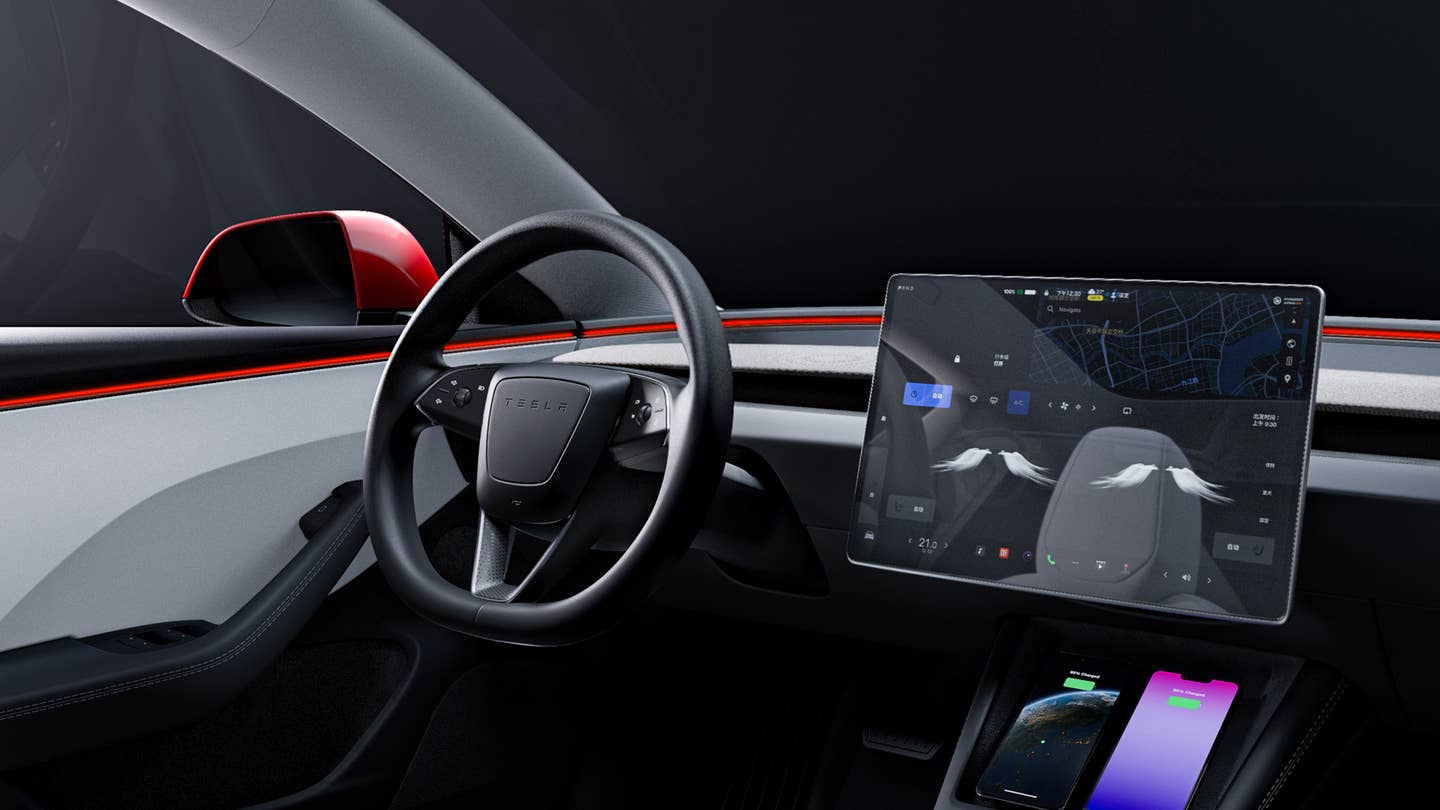Good News: Cars Will Need Buttons to Get Perfect Safety Ratings in Europe
The tide is turning overseas in favor of buttons in car interiors, and those waves will likely wash our way.

Many of us lament the disappearance of buttons in car interiors, in favor of screens and touch-sensitive controls. For automakers, these physical inputs cost money, so it's no secret why they're largely disappearing. Those of us who appreciate buttons know they're convenient to find just by feel, without averting your attention from the road. That's an obvious boon to safety, and it seems that in about two years, European evaluators will start treating it as such. For manufacturers to receive the best possible European New Car Assessment Program (NCAP) safety rating from that point on, they'll need to incorporate a minimum of physical inputs for key functions.
Before we get ahead of ourselves, there's unfortunately nothing in the criteria that stipulates that frequently adjusted controls, like those for the HVAC system or basic media functions, must happen off a touchscreen. Here, Euro NCAP seems primarily concerned with safety-critical functions. As The Verge quotes from The Times of London, "cars will need to use buttons, dials, or stalks for hazard warning lights, indicators, windscreen wipers, SOS calls, and the horn."
Fortunately, I can't remember the last time I drove a car that relied upon capacitive inputs for any of those things. It's not the sweeping change most of us would prefer, but it's a start. Of course, Tesla is famous for relegating turn signals to touch-sensitive operation, which most people seem to hate. If this move makes the world's most popular EV a little easier to operate for those behind the wheel, that'll also make it safer for the rest of us on the road. Personally, I'm OK with that.
Now, it's worth mentioning that the Euro NCAP regime is totally voluntary, and not compulsory by law. In that sense, it's sort of like the testing conducted by the Insurance Institute for Highway Safety here in the U.S. That said, plenty of automakers love to advertise their IIHS marks when they're favorable, especially as the IIHS has much more stringent criteria than our National Highway Traffic Safety Administration, whose regulations are mired in decades-old legislation. And it stands to reason that adjustments made for other regions will likely trickle over to our own, when possible, to avoid duplication of expense. When you've already engineered a turn signal stalk, why ditch it for particular markets? Unless you have a philosophical objection to common sense, that is.
This step may not fix modern automotive interiors overnight, but it also won't hurt. It happens to mirror many car companies' own initiatives to reintroduce buttons and physical inputs back into their cars, to win back frustrated customers. Volkswagen is doing it with the new GTI and Golf R, swapping out the annoying Mk8 steering wheel with its fully touch-sensitive controls for one that is all hard keys. Hyundai, too, has vowed to fight the good fight. Let's see other major players do the same.
Got tips? Send 'em to tips@thedrive.com
